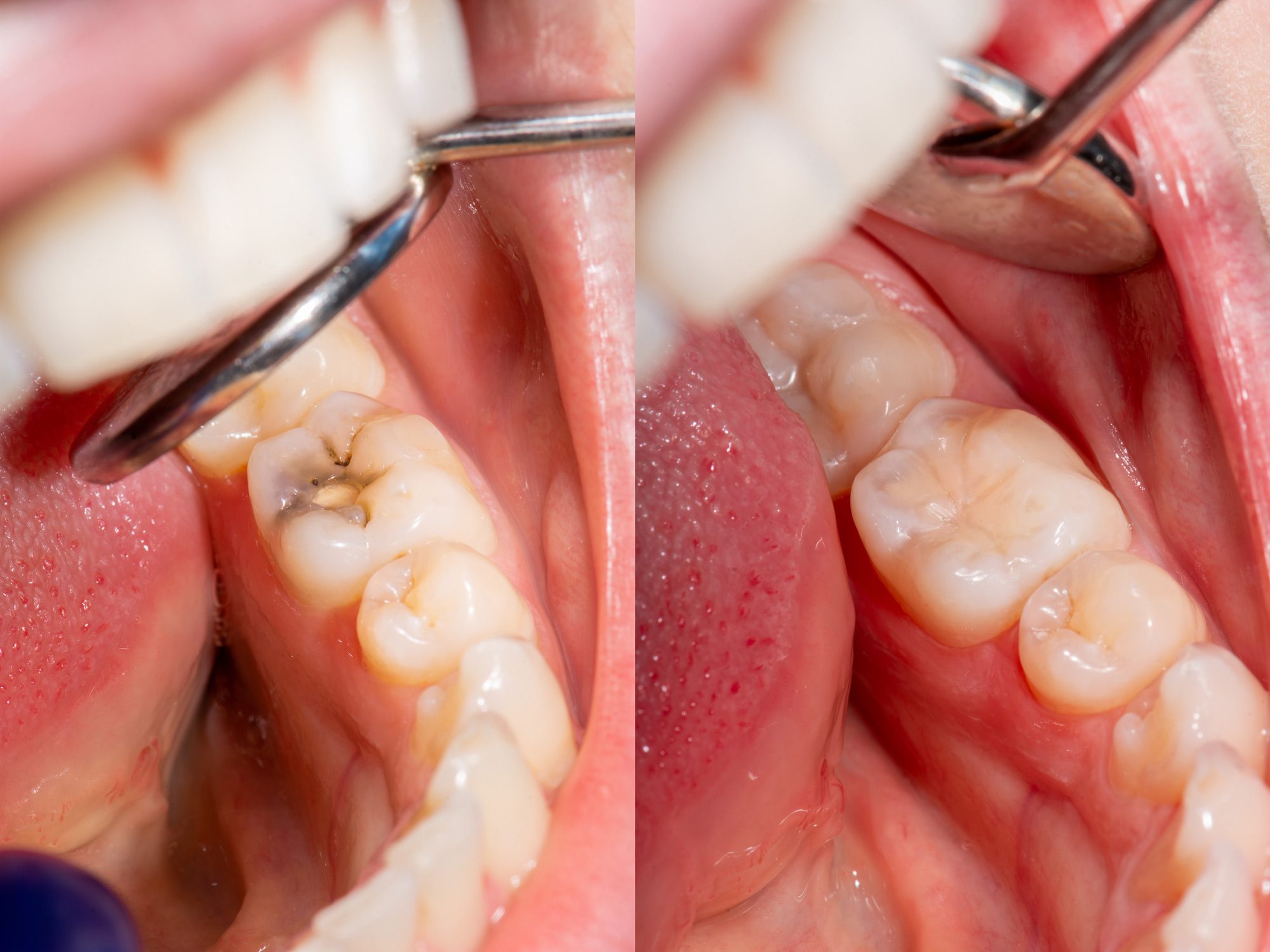When it comes to dental treatments, few procedures are as common—or as misunderstood—as tooth fillings. Whether you’re dealing with a new cavity or replacing an old filling, understanding how to estimate the cost accurately can feel like navigating a maze. From material types to treatment complexity, a variety of factors come into play. In the heart of this discussion lies one crucial question: how can you make an informed decision before stepping into the dental chair? If you’re living in or visiting the UAE, knowing the Tooth Filling Cost in Dubai can help set realistic expectations.
Understanding What You’re Paying For
To begin estimating the cost of a tooth filling, it’s essential to understand the components involved. It’s not just about plugging a hole in a tooth. A filling includes the consultation, possible diagnostic imaging (like X-rays), the type of material used, the procedure itself, and any aftercare instructions or follow-up visits. Each of these elements contributes to the final amount you’ll pay.
Material Matters
One of the most significant cost-determining factors is the type of material used for the filling. Common options include amalgam, composite resin, gold, and porcelain.
-
Amalgam Fillings: Made from a mixture of metals, these are typically the most budget-friendly but are also the most noticeable due to their silver color.
-
Composite Fillings: These are tooth-colored and blend naturally with your enamel, making them aesthetically preferable. However, they can be more expensive than amalgam.
-
Gold and Porcelain Fillings: These premium materials are durable and long-lasting, but they come with a higher price tag and usually require more than one visit to complete.
When estimating your costs, it’s important to ask what materials are available and which ones are recommended for your specific condition. Some materials last longer but cost more upfront, while others may be more affordable but require replacement sooner.
The Complexity of the Filling
Not all cavities are created equal. A shallow, surface-level filling in an easily accessible part of the mouth will typically cost less than a deep cavity that’s located near the root or between teeth. More complex procedures may require local anesthesia, specialized tools, or longer appointment times—all of which can increase the cost.
The number of surfaces on the tooth that need treatment also affects pricing. A single-surface filling (like a small cavity on the top of a molar) is less involved than a three-surface filling that touches the top and two sides of the tooth.
Number of Teeth Treated
It’s also important to factor in how many teeth need fillings. One cavity may not impact your budget significantly, but if multiple fillings are required, the total cost will multiply. When estimating, consider whether you’ll be having several teeth treated at once or in stages. This decision might influence your overall financial planning and treatment timeline.
Dentist Experience and Clinic Location
Although we won’t discuss specific names or prices, it’s worth noting that the experience level of the dental professional and the location of the clinic can affect the cost. In general, clinics in more upscale or central areas may charge more, reflecting higher operational costs. Conversely, some clinics in suburban areas may offer the same quality of service at a slightly reduced rate.

Diagnostic and Additional Services
Before a filling is placed, dentists often conduct diagnostic exams to determine the extent of decay. These might include a physical exam, bite analysis, or digital X-rays. While these services are essential for accurate diagnosis and treatment planning, they also add to the final cost. Be sure to inquire whether these are included in the quoted price or billed separately.
Additionally, if your case involves tooth sensitivity, gum issues, or requires a desensitizing treatment before the filling, the cost may increase. Similarly, follow-up visits for polishing or adjustment of the filling might or might not be included in the initial estimate.
Preventing Unexpected Charges
To avoid surprises, always request a detailed breakdown of all expected charges. Even if you’re not given an exact quote, a written estimate outlining the components—materials, diagnostics, procedure, and follow-up—can give you a realistic view of what to expect. If possible, compare this with a second opinion to see if the cost range is consistent.
Ask specific questions like:
-
What type of filling do you recommend and why?
-
How many surfaces of the tooth need filling?
-
Are diagnostic exams and X-rays included in the estimate?
-
Will any follow-up visits be required and are they covered in the cost?
Final Thoughts: Make Informed Decisions
Estimating tooth filling costs doesn’t need to be intimidating. By educating yourself on the contributing factors—material type, complexity, number of teeth involved, and diagnostic needs—you can enter your dental appointment prepared and confident. Whether you’re prioritizing budget, aesthetics, or longevity, having a clear understanding of what affects the price will help you make smarter choices.
If you’re considering treatment in the UAE, knowing the Tooth Filling Cost Dubai can help you plan ahead and avoid any unwelcome surprises. Take the time to gather information, ask questions, and explore your options so you can invest wisely in your dental health.









